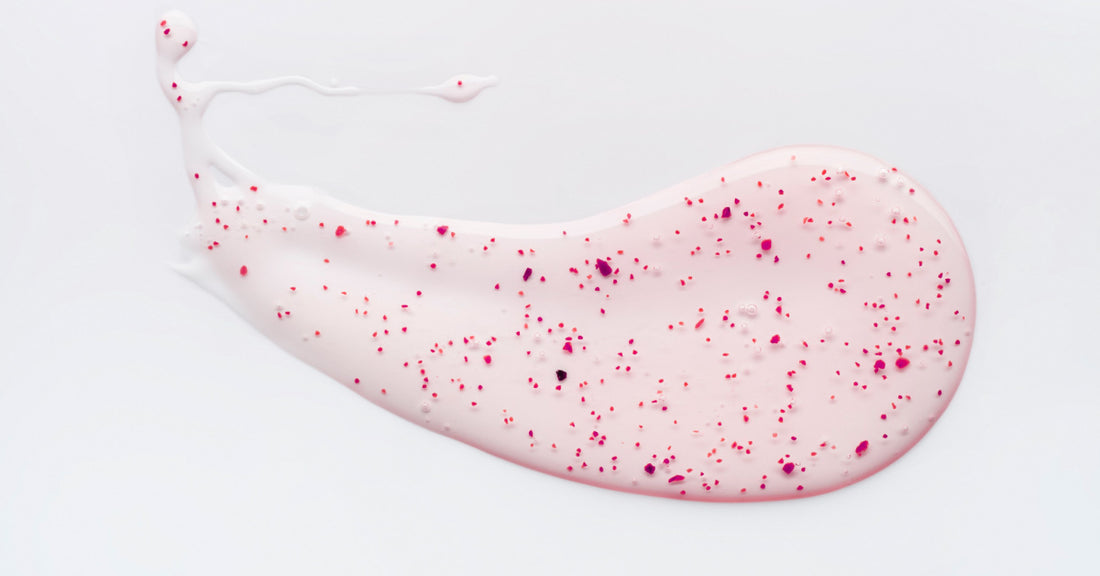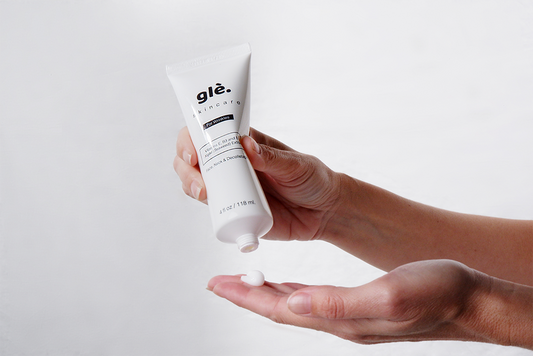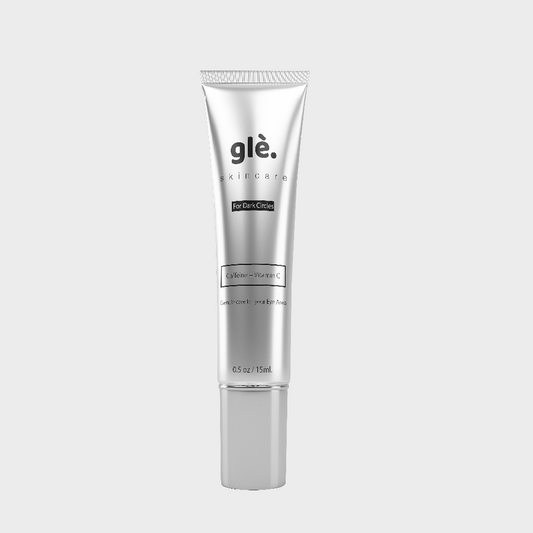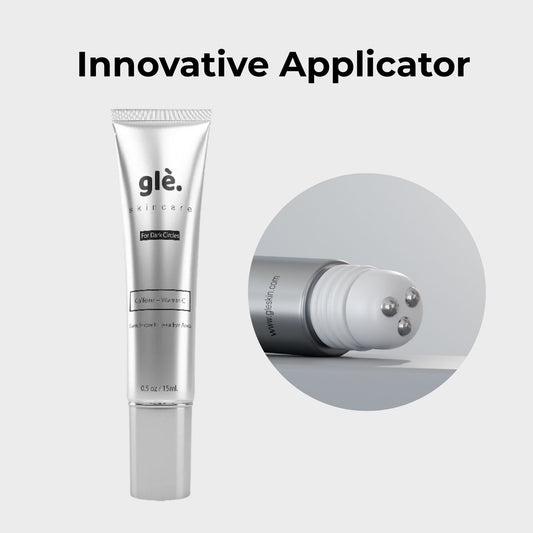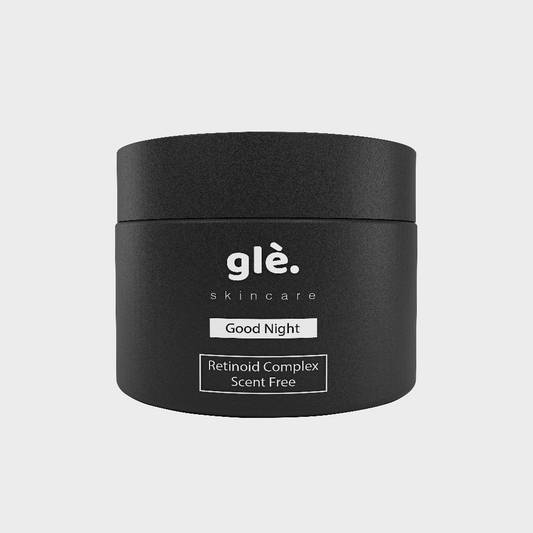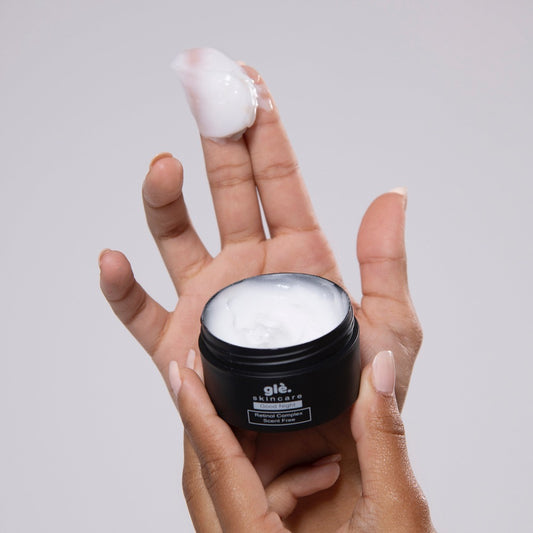Here’s a fact: exfoliation isn’t supposed to hurt. If your skin feels raw after exfoliating, then you’re probably overdoing it or using the wrong type of exfoliator. Most people can relate to the former but aren’t aware that there are different exfoliants on the market, each designed for specific skin types.
There are two types of exfoliants: physical and chemical. Physical and chemical exfoliators have very different ingredients, while some physical exfoliators are tools/devices used to remove dead skin cells. It’s important to know their functions and benefits so you can add the right one to your skincare routine.
Purpose of Exfoliation
Everybody should exfoliate, even those with sensitive skin. When your skin appears dull or you notice clogged pores, exfoliating can get rid of these issues by removing the dead skin cells from the outermost layer, creating healthy-looking skin. This is known as skin cell renewal, a natural process that the body does on its own. When cell renewal doesn’t occur quickly enough, this results in rough, dull skin, which is why we exfoliate. It also helps us absorb our skincare products better.
Most skin types don’t need to exfoliate more than twice weekly. If you have oily skin, you can probably get away with exfoliating three times a week. If you over-exfoliate, you will cause more harm than good. Over-exfoliation leads to damaged, irritated skin.
Two Types of Exfoliators
Now that you know the purpose of exfoliating, what are the three types of exfoliants, and which should you be using?
Physical Exfoliators
Physical exfoliation, also known as mechanical, is the removal of dead skin cells with a tool (i.e., washcloth, brush) or granular solution. Microdermabrasion and dermaplaning (shaving the skin’s top layer) are also forms of physical exfoliation.
Normal and oily skin types can benefit most from physical exfoliants.
Normal skin is characterized by not having any serious skin conditions, such as acne, oiliness, or dryness. Nevertheless, your skin still needs to be exfoliated weekly. To err on the safe side, use gentler exfoliants first, such as small granule solutions, or washcloths. If your skin feels congested after using these products, consider microdermabrasion.
Oily skin occurs when the sebaceous glands produce too much sebum, which leads to clogged pores and acne. To effectively remove the oil, dirt, and grime from the skin, oily skin types may benefit most from a stronger exfoliant, which typically comes in the form of physical exfoliation.
Chemical Exfoliators
Chemical exfoliation, also called enzymatic exfoliation, gently removes dead skin cells using alpha hydroxy acids (AHAs), beta hydroxy acids (BHAs), fruit enzymes, and extracts.
Dry, sensitive, and normal skin types can benefit most from using chemical exfoliators.
Physical exfoliators tend to be too abrasive for dry and sensitive skin. The ingredients found in chemical exfoliants do not slough off dead skin cells, but gently dissolve them to reveal the new skin underneath. With ingredients such as fruit enzymes, AHAs, and moisturizing ingredients, like jojoba oil, dry and sensitive skin types can exfoliate without worrying about irritating the skin.
Normal skin can also benefit from chemical exfoliants. If you find physical exfoliators to be harsh, even after cutting back to exfoliating once a week, consider the gentle and hydrating ingredients found in chemical exfoliators. Your skin will thank you with its radiant glow.


